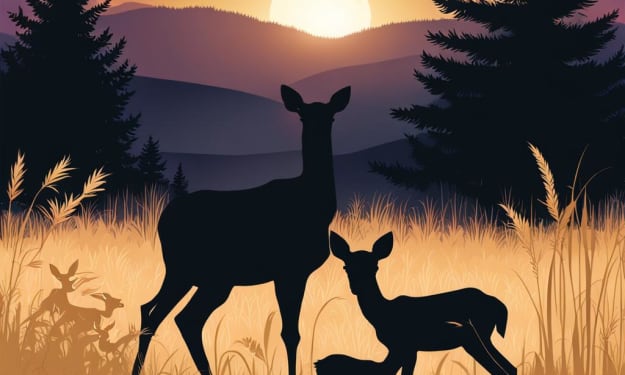The Curse of he Black Diamond
Black diamond

Diamonds are one of the most valuable and sought-after gems in the world. They are symbols of love, wealth, and power, and have been coveted by people for centuries. However, there is a dark side to the diamond trade that is often overlooked. The mining and sale of diamonds has been associated with conflict, exploitation, and even death. This is especially true of the infamous "black diamond," a rare and mysterious gem that has been associated with a curse that has haunted those who possess it for centuries.
The black diamond is a real and valuable gemstone that is known for its unusual color and rarity. It is a diamond that has been contaminated with graphite or other impurities, giving it a dark and opaque appearance. Black diamonds are relatively rare and are found in only a few locations around the world, including Brazil, Central Africa, and Australia. They are often associated with mystery and intrigue, and have been the subject of many legends and myths throughout history.
One of the most famous legends surrounding the black diamond is that of the curse that is said to be associated with it. According to the legend, the black diamond was once part of a larger gemstone that belonged to the Hindu goddess Kali. The gem was said to possess great power, and was guarded by a group of monks in a temple in India. However, one day the gem was stolen by a thief who was subsequently cursed by the monks. The curse stated that whoever possessed the gemstone would suffer misfortune and tragedy.
The black diamond changed hands many times over the centuries, and each new owner was said to suffer from bad luck and misfortune. Some of the most famous people to be associated with the black diamond include the French ruler Louis XVI, who was said to have owned the diamond and who was subsequently executed during the French Revolution, and the American heiress Evalyn Walsh McLean, who owned the diamond in the early 20th century and who experienced a series of personal tragedies.
Despite the legends surrounding the black diamond, many people still seek to own this rare and unusual gemstone. However, the diamond trade is not without its problems. The mining of diamonds has been associated with conflict and human rights abuses, particularly in countries such as Angola, Sierra Leone, and the Democratic Republic of Congo. The sale of diamonds has also been linked to money laundering and organized crime.
In recent years, there has been increased awareness of the negative aspects of the diamond trade, and efforts have been made to address these issues. Organizations such as the Kimberley Process Certification Scheme have been established to regulate the sale of diamonds and prevent the trade in "blood diamonds," or diamonds that are mined and sold to finance conflict or human rights abuses. However, there is still much work to be done to ensure that the diamond trade is ethical and sustainable.
The curse of the black diamond is a cautionary tale that reminds us of the potential consequences of our actions. The legends surrounding the diamond serve as a reminder of the dangers of greed, and the importance of respecting the cultural and spiritual significance of precious gems and minerals. The diamond trade is not without its problems, and it is up to all of us to ensure that we are not contributing to the exploitation and suffering of others.
In conclusion, the curse of the black diamond is a fascinating legend that has captured the imagination of people for centuries. However, it also serves as a reminder of the darker aspects of the diamond trade, and the need for greater transparency and ethical standards in the mining and sale of diamonds. While the black diamond may be a rare and valuable gemstone, its history is one that is marked by tragedy and suffering. We must all do our part to ensure that the diamond trade is fair and sustainable, and that the human rights of those involved in its production are respected.
About the Creator
Ahmad Shaja Azimi
I Create and Write Stories
Enjoyed the story? Support the Creator.
Subscribe for free to receive all their stories in your feed. You could also pledge your support or give them a one-off tip, letting them know you appreciate their work.






Comments
There are no comments for this story
Be the first to respond and start the conversation.